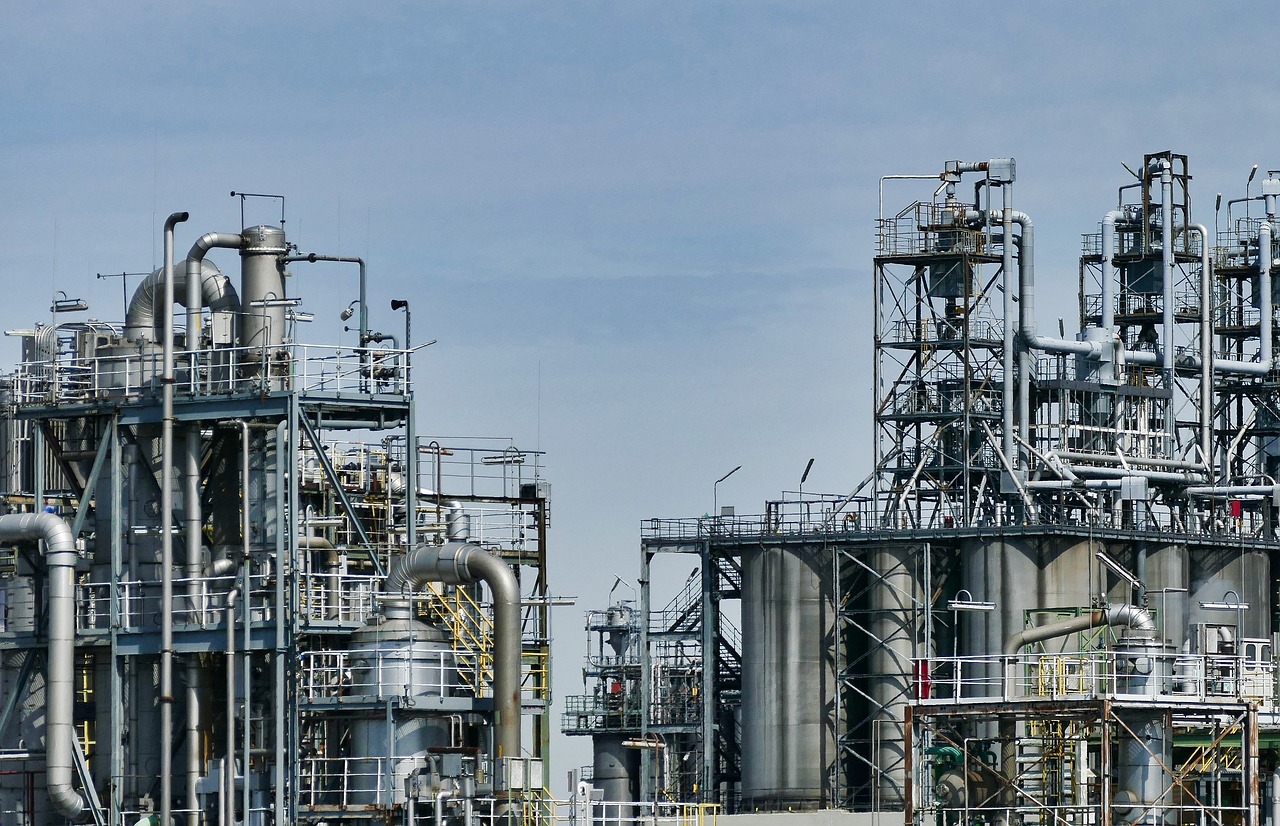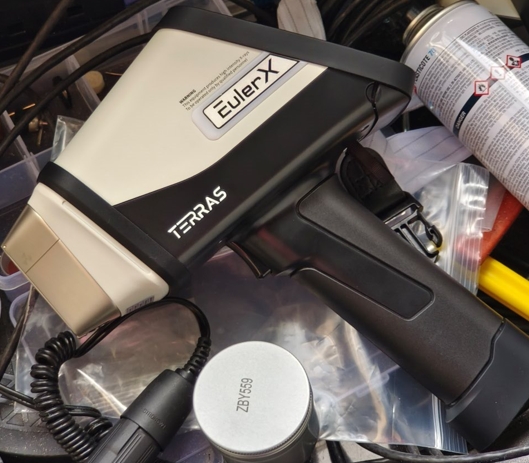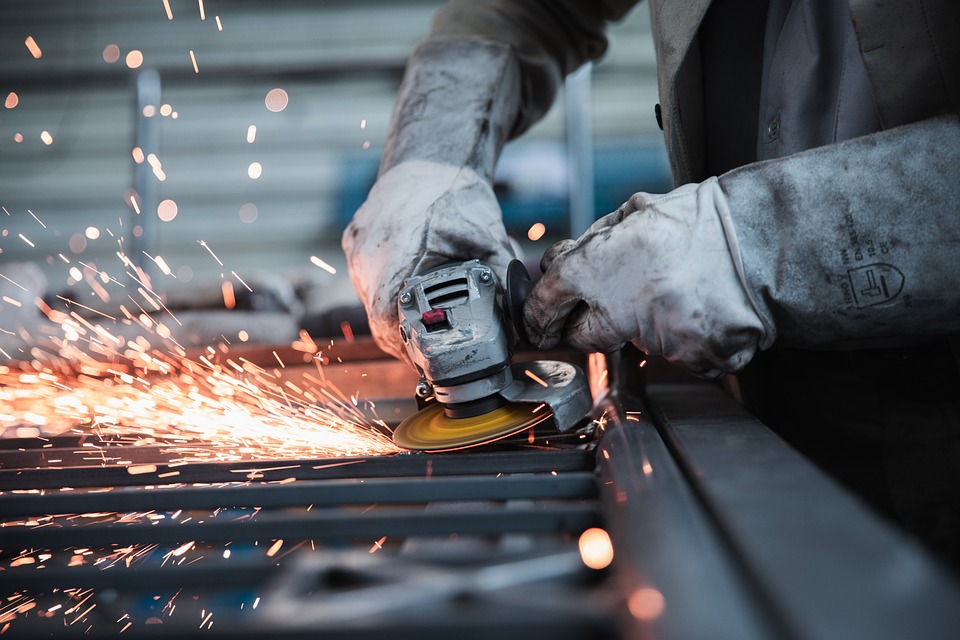
XRF Technology
A high-tech enterprise focusing on the development and application of X-ray technology products, committed to becoming a leading supplier of X-ray industrial testing solutions.
Beyond Metal: Applications of Handheld XRF Detectors in Various Industries
Handheld X-ray fluorescence (XRF) detectors have revolutionized the way we analyze materials, offering a portable, non-destructive method for identifying the elemental composition of various substances. While traditionally associated with metal analysis, the applications of handheld XRF detectors extend far beyond this single domain. These versatile devices are making significant impacts across a wide range of industries, from environmental science to pharmaceuticals. In this article, we will explore some of the innovative uses of handheld XRF detectors in various sectors.
Environmental Science: Monitoring and Mitigating Pollution
In environmental science, handheld XRF detectors are indispensable for monitoring pollution and assessing environmental health. These devices can quickly analyze soil, water, and air samples for toxic elements such as lead, mercury, and arsenic. Environmental scientists use XRF detectors to assess contaminated sites, guiding remediation efforts and ensuring compliance with environmental regulations.
For instance, handheld XRF detectors can be used to screen for lead in urban soils, particularly in playgrounds and residential areas, where exposure poses significant health risks. This rapid, on-site analysis helps in making informed decisions about soil management and safety measures.

Archaeology: Preserving and Analyzing Artifacts
Archaeologists have adopted handheld XRF detectors for their ability to analyze artifacts without causing damage. These detectors can determine the elemental composition of ceramics, metals, and other materials, providing insights into the provenance and manufacturing techniques of ancient objects. This non-invasive method is invaluable for preserving the integrity of priceless artifacts.
In fieldwork, archaeologists use XRF detectors to quickly assess the composition of artifacts as they are unearthed. This immediate analysis aids in making decisions about conservation and further excavation strategies, enhancing the overall efficiency and effectiveness of archaeological investigations.
Mining and Geology: Enhancing Exploration and Quality Control
In the mining and geology sectors, handheld XRF detectors are crucial for both exploration and quality control. Geologists use these devices to analyze rock and soil samples on-site, identifying mineral compositions and concentrations. This real-time data helps in locating valuable ore deposits and assessing the viability of mining sites.
The Terra Scientific Handheld XRF facilitates on-site geochemical analysis of mine faces, drill cores, or prepared samples. Real-time analysis with this device significantly reduces turnaround times, from days to seconds compared to laboratory analyses, enhancing productivity and decision-making in mining operations.
Additionally, during the mining process, XRF detectors are used to monitor the grade and composition of extracted materials, ensuring that the output meets industry standards and specifications. This application is particularly important for the production of metals and other high-value materials, where precise elemental analysis can significantly impact economic outcomes.
Manufacturing: Ensuring Product Quality and Compliance
Manufacturers across various industries rely on handheld XRF detectors to ensure product quality and regulatory compliance. In the production of electronics, for example, XRF detectors are used to verify the composition of solder and other components, ensuring they meet stringent industry standards and regulations, such as the Restriction of Hazardous Substances (RoHS) directive.
Similarly, in the automotive industry, XRF detectors are employed to analyze the composition of metals and alloys used in vehicle parts. This helps manufacturers maintain high-quality standards and ensure the safety and reliability of their products.
Art and Cultural Heritage: Authenticating and Conserving Artwork
Art conservators and historians use handheld XRF detectors to authenticate and conserve artwork and cultural heritage items. These devices can analyze pigments, metals, and other materials used in artworks, providing valuable information about their origin and age. This non-invasive technique helps in distinguishing original works from forgeries and in planning appropriate conservation strategies.
For example, by analyzing the elemental composition of pigments in a painting, conservators can identify the types of materials used by the artist and assess any degradation or alteration over time. This information is crucial for developing effective preservation methods and ensuring the longevity of valuable cultural artifacts.

Pharmaceuticals: Ensuring Purity and Safety
In the pharmaceutical industry, handheld XRF detectors are used to verify the composition of raw materials and finished products. This ensures that medications meet strict quality standards and are free from harmful contaminants. XRF analysis is a rapid, non-destructive method that can be performed on-site, providing immediate results and reducing the risk of contamination during sampling.
Pharmaceutical companies use XRF detectors to analyze active pharmaceutical ingredients (APIs) and excipients, ensuring that they are pure and correctly formulated. This application is critical for maintaining the safety and efficacy of medications, protecting both patients and manufacturers from the risks associated with substandard products.
Conclusion
Handheld XRF detectors have proven to be versatile and invaluable tools across a diverse array of industries. Their ability to provide rapid, accurate, and non-destructive elemental analysis makes them indispensable for tasks ranging from environmental monitoring to product quality assurance. As technology continues to advance, the applications of handheld XRF detectors are likely to expand even further, opening up new possibilities for their use in various fields. Whether in the hands of a scientist, an archaeologist, or a manufacturer, these powerful devices are helping to drive innovation and ensure safety and quality across the globe.
Join Us
Subscribe to our email list for updates & promotions.



